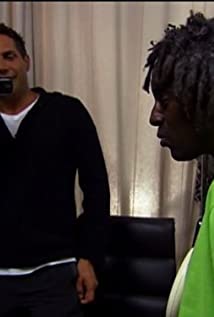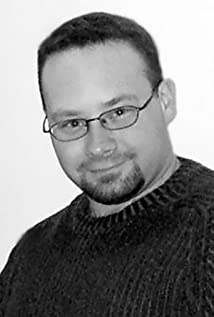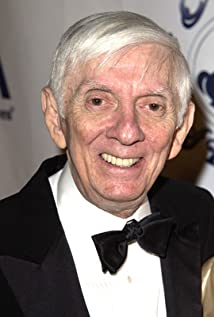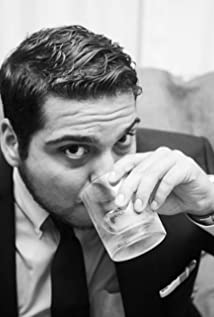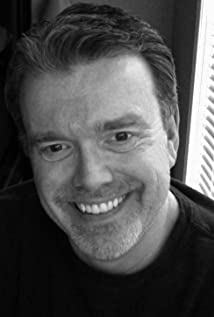Upon graduating from USC in 1995, Francis hoped to put his business plan into practice, but couldn't raise enough capital to actually produce the gambling tapes. Tapping the skills he'd developed in film and TV classes, Francis went to work in television as a production assistant at "Real TV," a syndicated TV show that featured footage of extraordinary events not covered in mainstream news. Working in the studio, Francis heard of a compilation tape the show's staff members were passing around to each other. The tape contained footage too disturbing for broadcast TV, but was wildly popular with the staff. Recalling the direct marketing plan he'd developed in school, Francis drew cash advances on his credit cards and licensed the sensational footage. With a partner, he wrote, produced and edited a tape together they titled "Banned From Television" and Francis set about marketing the new product. The VHS tape was promoted exclusively via late-night cable TV commercials, where it found immediate success. Francis gathered more footage and produced three volumes of "Banned For Television" but remained unsatisfied with his product, convinced that the material was too graphic to be enjoyed over and over. By chance, Francis came upon a videotape of some Spring Break revelers getting arrested for public nudity at Lake Havasu. The tape also contained footage of real college girls flashing their breasts to the camera during Spring Break and Mardi gras. It was playful, joyous nudity and it immediately struck a chord in Francis. He recognized that that this wasn't pornography. It was something much better: It was REAL. Francis watched the video over and over and realized that other young men would love this material just as much as he did. He searched for similar footage and compiled it into a tape distinct from the "Banned From Television" series. Francis decided this product needed a catchy name of its own. He considered hundreds of titles before settling on "College Girls Gone Wild. " He stared at this title, then impulsively crossed out the word "College" and circled "Girls Gone Wild. " He worked hands-on with a graphic designer to help create an eye-catching logo featuring the three now-famous words, and a legendary brand was born. Francis produced a 60-second commercial for Girls Gone Wild but saw it rejected by uptight station owners who'd never advertising anything featuring nudity. Finally, Howard Stern accepted the Girls Gone Wild commercials for his late broadcast on the E! Channel. Once the commercials began to air, word spread across college campuses everywhere and Girls Gone Wild was on its way to becoming a genuine phenomenon. As sales grew, Francis convinced more broadcast and cable stations to run commercials for Girls Gone Wild until his brand dominated the late night TV landscape. Reaction from TV broadcasters was wary at first, but they quickly discovered that 1) unlike with other TV commercials, viewers didn't change the channel when the Girls Gone Wild commercial came on, and 2) the Girls Gone Wild half hour infomercials routinely scored higher ratings than the programs they aired against, and scored even higher than the network's regularly programmed lead-in shows after which they aired. In short, TV stations across the country quickly learned that Girls Gone Wild programming was good for business. Demand for additional volumes of Girls Gone Wild videos grew. Instead of licensing additional material, Francis decided to produce his own footage. This provided the ability to control the quality of the content, and, not coincidentally, a way to have some real fun. Francis discovered that he LOVED asking girls to take off their tops. And he was good at it. Opportunities and demand grew so quickly that Francis assembled several freelance camera crews to travel the country, shooting footage for his popular video series. As sales of Girls Gone Wild climbed, Francis expanded his 60-second TV spots to a 30-minute infomercial format. Francis's infomercial offered a snapshot of a lifestyle that most red-blooded men normally only dream about. Rather than taking the form of a solid 30-minute pitch, the program was designed as an entertaining TV show with "commercials" interspersed throughout. Francis dubbed this innovative form the "entermercial. " Soon, college guys across the country were staying up all night to enjoy the Girls Gone Wild program over and over again. Imitators inevitably sprang up, hoping to grab a share of the revenue that Francis's brainstorm was generating. Just as inevitably, every imitation quickly failed. Having an idea is one thing; having the savvy to turn that idea into a $100 million company is another talent altogether. Impressed with the success Francis had in marketing the Girls Gone Wild tapes, Playboy contacted Francis and asked if he could perform similar magic for their own brand. Francis developed two products: "Playboy Mansion Parties: Uncensored" and "Playboy's Casting Calls. " Francis wrote and produced several 60-second commercials advertising the Playboy tapes, which immediately returned a profit. Playboy founder Hugh Hefner was delighted. Girls Gone Wild captured the attention of Hollywood and the recording industry, too. Francis hooked up with Snoop Dogg for a wild tour of Spring Break and Mardi gras, which was filmed for a Girls Gone Wild video. "Girls Gone Wild: Doggy Style" remains one of the most popular titles in the company's history. When the "Doggy Style" infomercial hit the airwaves, Francis received a plethora of offers from other celebrities who wanted to align themselves with the Girls Gone Wild brand. Francis filmed tours with comedian Doug Stanhope, musicians Eminem, Baby Bash and Bubba Sparxx and HDNet's Zane Lamprey. To provide a "home base" for his video crews, Girls Gone Wild acquired two million-dollar tour buses decked out with the "Girls Gone Wild" logo. The buses serve as rolling billboards, creating attention and excitement wherever they appear. The buses travel to over 700 live events per year and interact with more than 30,000 college-age consumers every week. Bars, clubs and entertainment venues across the country are eager to book Girls Gone Wild events for the crowds it brings in, providing yet another revenue stream for Girls Gone Wild. Francis expanded the Girls Gone Wild catalog of titles, opened new markets such as pay-per-view TV and video on-demand, and hired a talented production staff to sharpen the look of the GGW videos. But the core element of Girls Gone Wild has always remained the same: real college girls, real hot. By staying true to the original vision, Girls Gone Wild eventually achieved what most marketers only dream of: brand ubiquity. USA Today affirmed Girls Gone Wild as one of the top 25 most important trends of the last quarter-century. As a result of his success, Joe found himself in demand for interviews and public speaking engagements. He was invited to share his perspectives on business development in three separate speeches at Yale University, and has shared his wisdom with members of the International Young President's Organization (YPO) a nonprofit network comprised of more than 20,000 leaders in 100 countries dedicated to helping its members become better leaders and make a positive difference in the world, for almost a decade.

